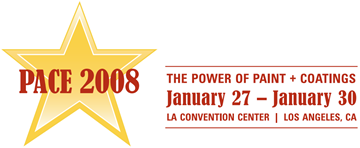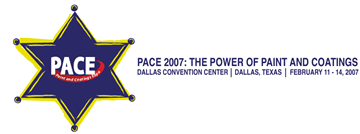Search
Individual Conference Papers
View as
Sort by
Display
per page
Testing Adhesion of Coatings on Concrete Using ASTM D7234
Product Number:
41215-895-SG
Publication Date:
2015
$20.00
Testing Inspection and Rehabilitation of Large Diameter Offshore Cast Iron Pipes in San Francisco Bay
Product Number:
51319-12832-SG
Publication Date:
2019
$20.00
Testing Moisture Content in Concrete Subfloors Prior to Installing Floor Coatings
Product Number:
41208-445-SG
Publication Date:
2008
$20.00
Testing Moisture Content in Concrete Subfloors Prior to Installing Floor Coatings
Product Number:
41207-369-SG
Publication Date:
2007
$20.00
Testing of a Low-Power Wireless Sensor Network of Conductivity Probes to Detect Corrosive Fluids in Pipelines
Product Number:
51321-16380-SG
Publication Date:
2021
$20.00
Testing of Coatings for Shielding of Cathodic Protection Currents
Product Number:
51220-235-SG
Publication Date:
2020
$20.00
Testing of Large-Diameter Pipe Material for Resistance to SOHIC in the New Twist and Bend Test
Product Number:
51319-12972-SG
Publication Date:
2019
$20.00
Testing of Pipeline Coatings for Cold Temperature Applications
Product Number:
51319-12829-SG
Publication Date:
2019
$20.00
Tests On Chloride-Induced Stress Corrosion Cracking In Austenitic Stainless Steel Welds For Dry Storage Canister Application
Product Number:
ED22-17131-SG
Publication Date:
2022
$20.00
That Sounds Great, but How Long Will it Last?
Product Number:
51219-220-SG
Publication Date:
2019
$20.00
The Benefits of Steel Grit Blasting and Recycling
Product Number:
51218-156-SG
Publication Date:
2018
$20.00
The Use of Ultra-High Solids, Fast Return to Service Coatings on Concrete Structures to Shorten the Construction Schedule at the Expansion of the Norman, OK, Wastewater Treatment Plant
Product Number:
51218-117-SG
Publication Date:
2018
$20.00












